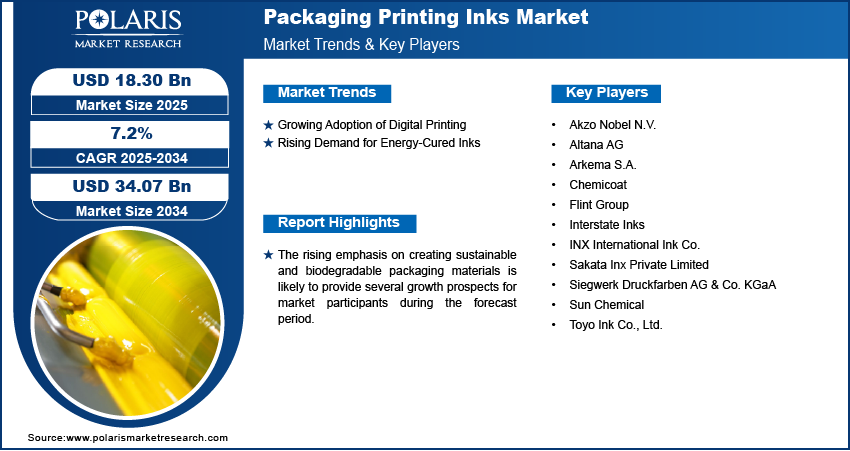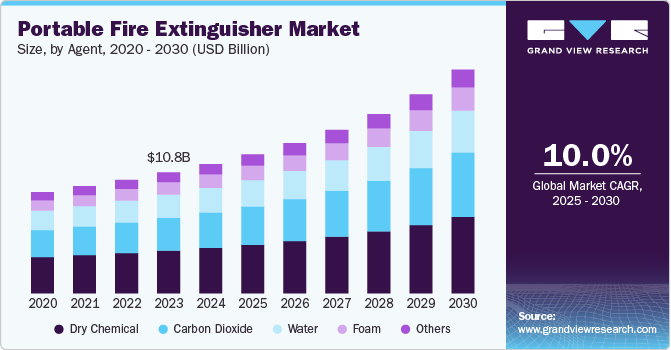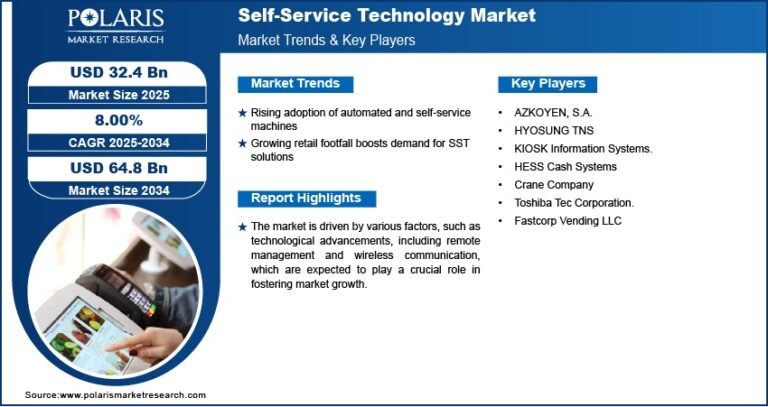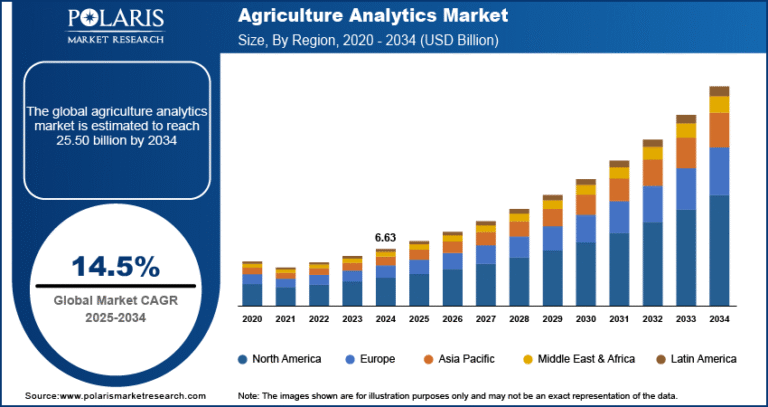Packaging Printing Inks Market Set to Achieve Robust Growth Through Demand for Sustainable and High‑Quality Packaging

The packaging printing inks market is forecast to experience substantial growth in the coming years, underpinned by rapid expansion in e‑commerce, evolving consumer preferences, and rising regulatory mandates around sustainability. Printing inks designed for flexible packaging, labels, cartons, and corrugated materials are witnessing increasing demand as brands aim for standout packaging, improved product shelf appeal, and enhanced protection.
The global packaging printing inks market size is expected to reach USD 34.07 billion by 2034, according to a new study by Polaris Market Research.
📦 Market Overview & Summary
Packaging printing inks are specialized formulations tailored to various substrates—including plastics, paperboard, metal, and glass—used in packaging applications. These inks are engineered for properties like excellent adhesion, fast-drying, scratch resistance, and food safety compliance. With the accelerated shift to packaged goods across food & beverage, personal care, pharmaceuticals, and household segments, the market is positioning itself for steady expansion.
🔑 Key Market Growth Drivers
-
Surge in E‑Commerce Packaging & Labeling:
The ongoing global boom in e‑commerce is fueling demand for customized packaging. Brands increasingly use attractive and distinctive printed packaging and labels to grab consumer attention and boost brand recall. This trend stimulates demand for premium flexible packaging inks and advanced digital packaging printing solutions that enable short runs and variable data printing. -
Sustainability & Regulatory Pressure:
Growing environmental concerns and regulations (e.g., EU’s packaging waste directives) are pushing formulators toward eco‑friendly inks. The rise of bio-based, low-VOC, and UV‑curable ink systems reflects this shift toward greener packaging solutions with reduced carbon footprint and improved recyclability. -
Food Safety & Performance Requirements:
The global food and beverage industry’s stringent hygiene standards are driving the uptake of food-grade printing inks designed to prevent cross-contamination and migration. As a result, manufacturers are focusing on high-performance barrier inks and coatings that meet regulatory compliance while maintaining fast throughput and color vibrancy. -
Technological Innovation:
Innovations like water-based inkjet inks, LED UV-curable inks, and antimicrobial printing are enabling superior print quality, speed, and operational efficiency. Adoption of digital packaging printing technologies is allowing brands to deploy dynamic designs, QR codes, and smart packaging solutions with variable content.
𝐆𝐞𝐭 𝐄𝐱𝐜𝐥𝐮𝐬𝐢𝐯𝐞 𝐒𝐚𝐦𝐩𝐥𝐞 𝐏𝐚𝐠𝐞𝐬 𝐨𝐟 𝐓𝐡𝐢𝐬 𝐑𝐞𝐩𝐨𝐫𝐭: https://www.polarismarketresearch.com/industry-analysis/packaging-printing-inks-market/request-for-sample
🏢 Key Companies
-
Flint Group – Known for full spectrum packaging ink solutions spanning flexible, beverage can, and corrugated segments.
-
Siegwerk – Focused on food-grade and low-migration inks with strong sustainability credentials.
-
Hubergroup – Accelerating growth in dedicated waste-recycling ink systems and eco‑friendly water-based series.
-
Sun Chemical – Offers comprehensive suite of high-performance inks for digital, UV-curable, and LED printing.
-
EDL Packaging – Specializes in high-barrier and antimicrobial ink technologies for pharmaceutical and medical packaging sectors.
⚠️ Market Challenges
-
Substrate Compatibility: Ensuring consistent adhesion across diverse substrates (plastic films vs. paperboard) remains challenging and may require customized formulations.
-
Cost Constraints: Eco-friendly ink systems often come with premium costs, potentially slowing adoption in price-sensitive markets.
-
Regulatory Fragmentation: Disparate food-contact ink regulations across geographies, especially in North America, Europe, and Asia-Pacific, complicate global formulation strategies.
-
Technical Barriers for SMEs: Small and medium-sized converters face hurdles in investing in advanced inkjet or digital printing presses, limiting market penetration.
🌍 Regional Analysis
-
North America: A mature market driven by sustainability regulations, advanced e-commerce packaging needs, and high-end product SEGMENTATION IN FOOD & BEVERAGE and pharma packaging. Strong uptake of digital and LED UV technologies.
-
Europe: One of the largest consumers of eco-friendly and low-VOC inks. Regulatory shifts like the European Green Deal and demand for high-end retail packaging support market growth.
-
Asia‑Pacific: Fastest-growing region with rising consumption in emerging economies (India, China, Southeast Asia). Growth in FMCG sectors, e-commerce, and pharmaceutical packaging are key enablers.
-
Latin America & Middle East & Africa (MEA): Steady growth is driven by urbanization, increasing retail sales, and a gradual shift from analog to digital packaging formats. Sustainability aspects are gaining prominence.
🔍 Outlook
The packaging printing inks market is poised for noteworthy growth, driven by e-commerce expansion, sustainability mandates, and technological strides. While formulation challenges and regulatory complexities remain, the trend toward digital packaging printing and eco‑friendly inks is set to accelerate. With the rising demand for bespoke, safe, and environmentally conscious packaging, stakeholders across the supply chain are well-positioned to capitalize on transformative opportunities in this dynamic market.






